Scientists are debating whether it’s possible to harness the power of gravity for interstellar space travel.


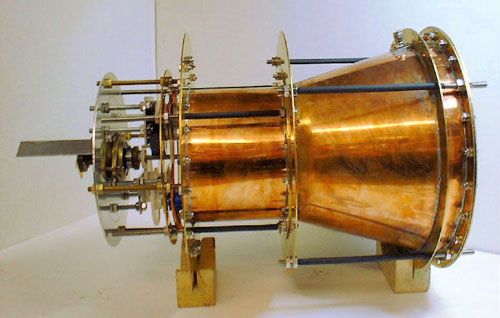

The night before the Space Shuttle Challenger was due to lift off, on January 27, 1986, Bob Ebeling tried to talk his boss out of approving the launch. Ebeling was an engineer for a NASA contractor, one of five who worried that the rocket boosters’ “o-rings” might turn brittle in the overnight cold, and that leaking fuel could lead to an explosion. Ebeling’s supervisor refused to stop the launch, and the shuttle exploded the next day, killing 7 astronauts, including a school teacher. A Presidential Commission would later vindicate Ebeling and his colleagues.
Over at NPR, Howard Berkes has written a moving remembrance of Ebeling, who was wracked by guilt for decades. The morning of the launch, Ebeling drove to work to watch the event from a company conference room. He was accompanied by his daughter:
“He said, ‘The Challenger’s going to blow up. Everyone’s going to die,’” [she recalled.] “And he was beating his fist on the dashboard. He was frantic.”
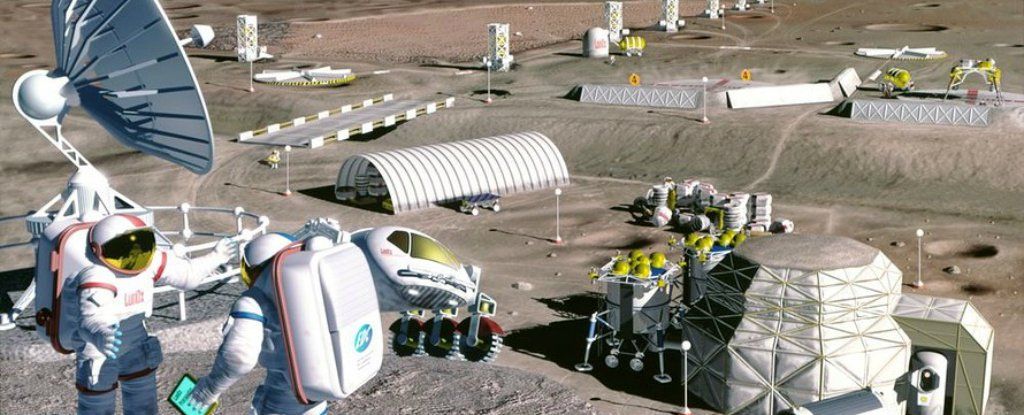
A lot of focus over the past 12 months has been on NASA’s journey to Mars. But a group of space experts, including leading NASA scientists, has now produced a special journal edition that details how we could establish a human colony on the Moon in the next seven years — all for US$10 billion.
Although that’s pretty awesome, the goal isn’t really the Moon itself — from an exploratory point of view, most scientists have bigger targets in sight. But the lessons we’ll learn and the technology we’ll develop building a human base outside of Earth will eventually be the key to colonising Mars, and other planets, according to the experts.
“My interest is not the Moon. To me the Moon is as dull as a ball of concrete,” NASA astrobiologist Chris McKay, who edited the special, open-access issue of New Space journal, told Sarah Fecht over at Popular Science. “But we’re not going to have a research base on Mars until we can learn how to do it on the Moon first. The Moon provides a blueprint to Mars.”

Paul March also endorsed the technical information and insights of forum member Rodal on the topic of EMdrive. Rodal indicates the differences in dielectric materials and other nuances of interpreting the known results.
A radio frequency (RF) resonant cavity thruster is a proposed new type of electromagnetic thruster. Unlike conventional electromagnetic thrusters, a resonant cavity thruster would use no reaction mass, and emit no directional radiation.
A few variations on such thrusters have been proposed. Aerospace engineer Roger Shawyer designed the EmDrive in 2001, and has persistently promoted the idea since then through his company, Satellite Propulsion Research.

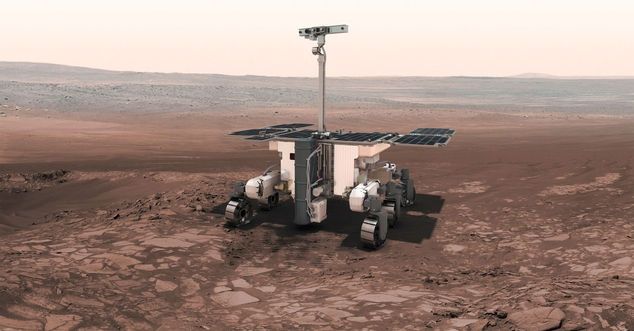
“There is a political meaning and objective to this mission: working together beyond national borders, beyond crises on Earth”, he told Bloomberg, adding, “We use a Russian launcher, with American contribution and it’s a European mission”.
The ESA’s ExoMars 2016 mission — carrying two Electra UHF, or ultra- high frequency, radios — launched from Kazakhstan and is expected to arrive at Mars in seven months.
This is a series of missions that’s trying to address one of the fundamental questions in science: is there life anywhere else besides the Earth? ExoMars is a two-phase mission, with the second phase to be launched in 2018.
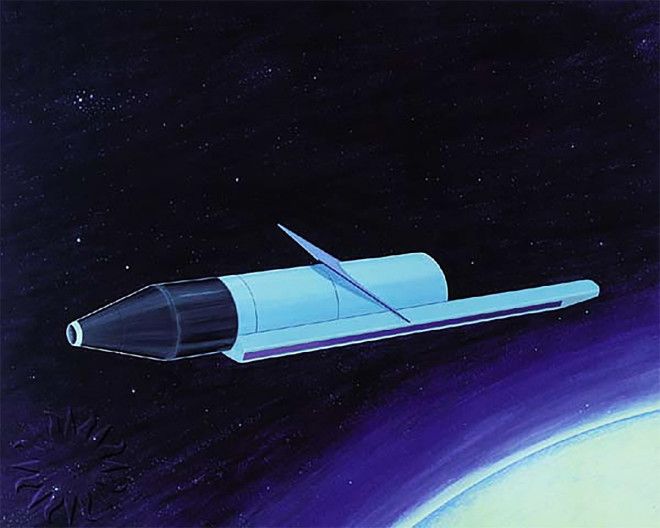
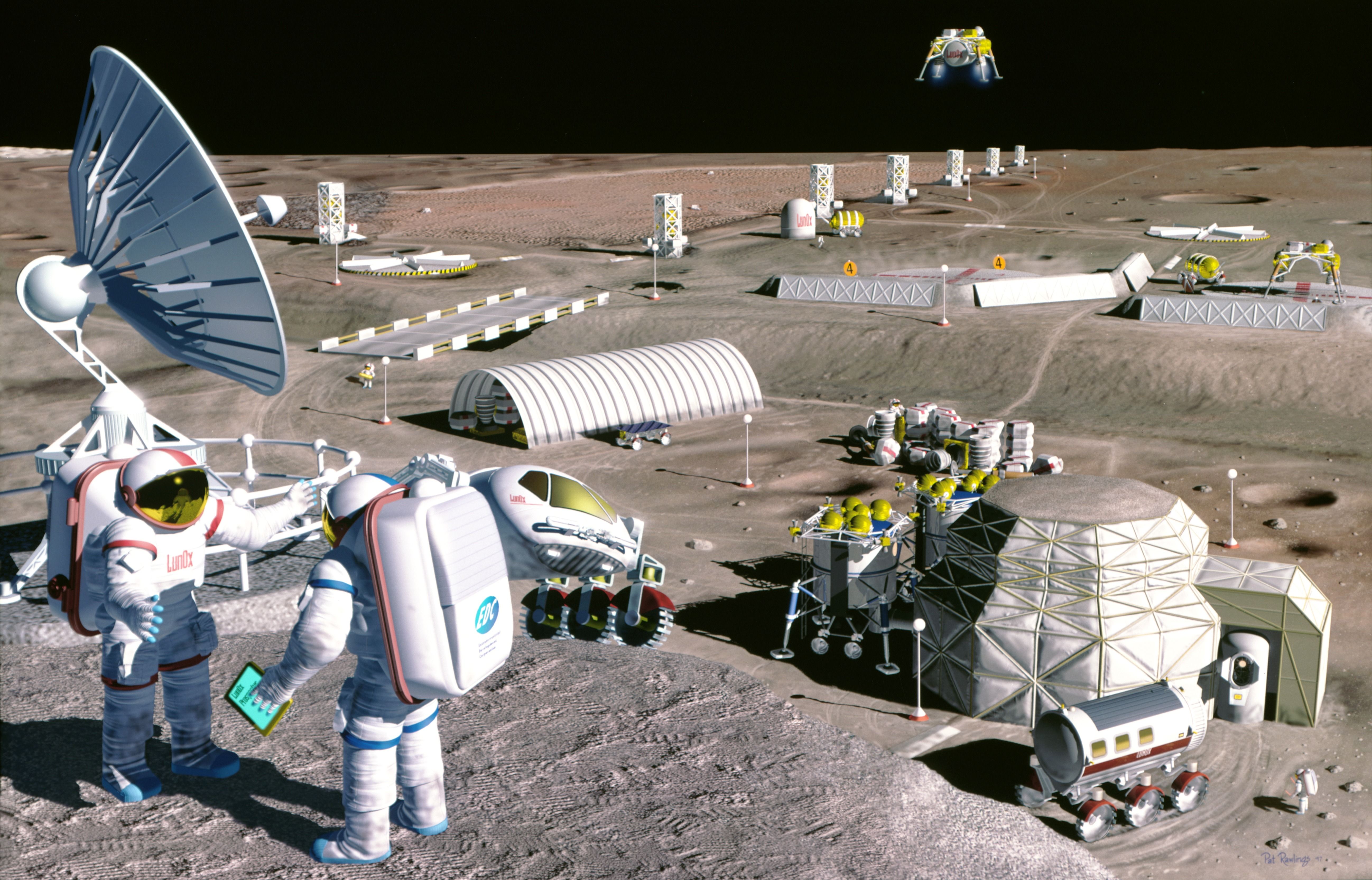
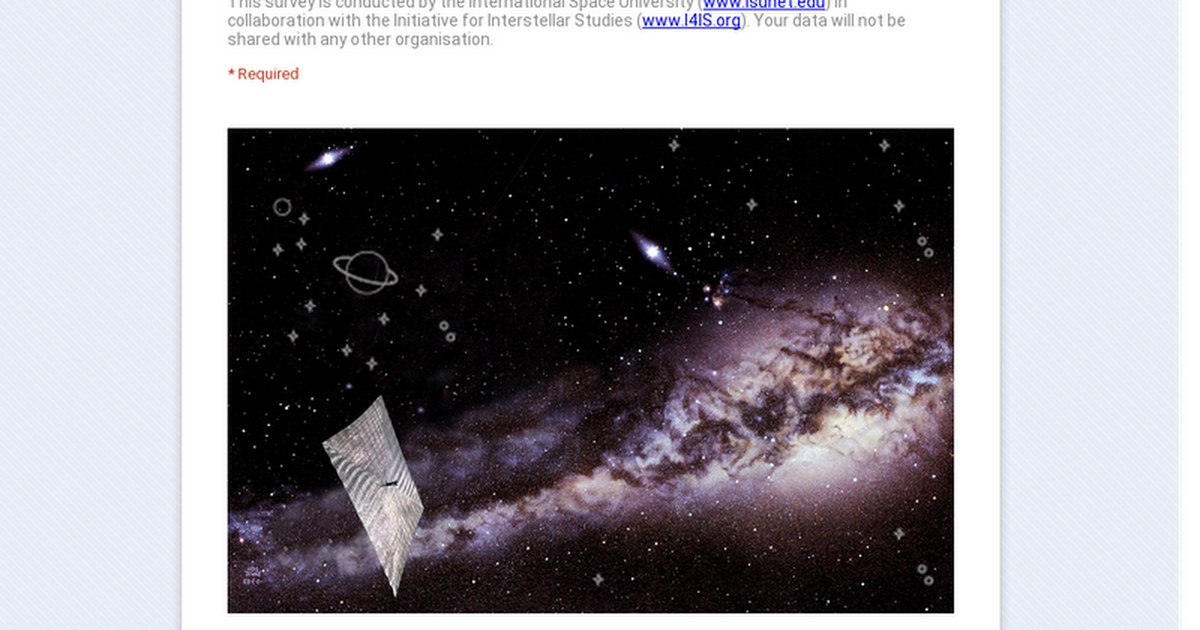
An interstellar precursor mission has been discussed as a priority for science for over 30 years. It would improve our knowledge of the interstellar environment and address fundamental questions of astrophysics, from the origin of matter to the evolution of the Galaxy. A precursor mission would involve an initial exploration probe and aim to test technological capabilities for future large-scale missions. With this survey we intend to identify potential backers and gauge the public’s interest in such a mission.
This survey is conducted by the International Space University (www.isunet.edu) in collaboration with the Initiative for Interstellar Studies (www.I4IS.org). Your data will not be shared with any other organisation.